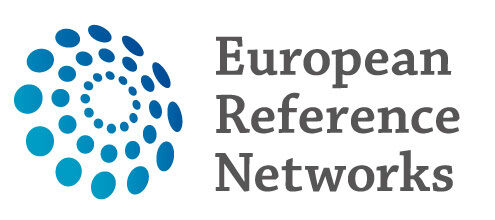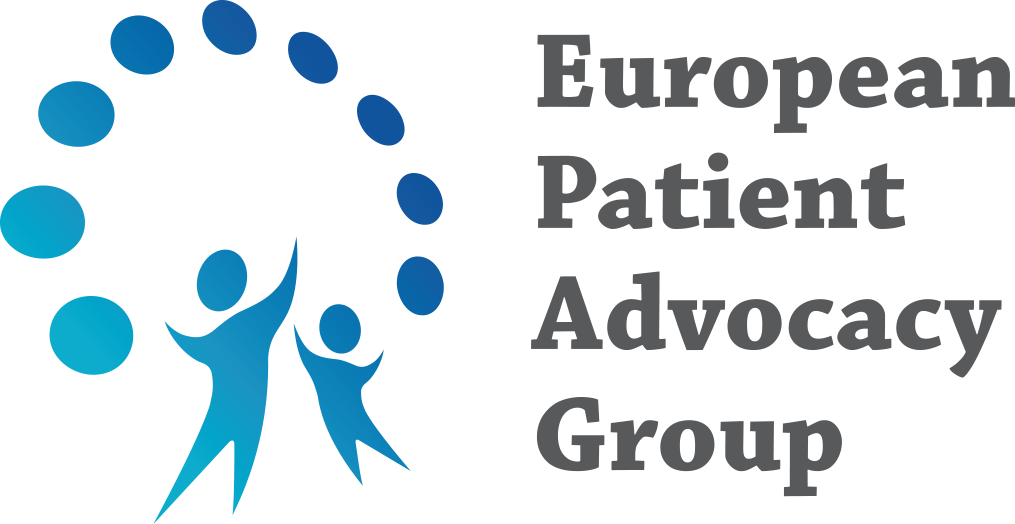
What are European Reference Networks?
The European Reference Networks (ERNs) bring together healthcare professionals and researchers virtually, crossing borders to address the challenges of finding the right expertise and accessing care for rare diseases. The idea is that the medical expertise travels across borders rather than the patient. This is particularly relevant for rare diseases, as no country has the knowledge and the capacity to treat all of them. For perspective, a rare disease affects fewer than one in 2000 people. Currently it is estimated that there are between 5000 and 8000 different rare diseases, affecting the life of around 30 million people in the EU.
The ERNs were established in 2017, grouping rare diseases in 24 networks. The networks are also proving themselves instrumental to improve care for rare diseases, as clinicians gather their knowledge and experience to create clinical practice guidelines, trainings, expert consensus, Dos and Don’ts, establish common registries (among other deliverables). Furthermore, ERNs are gradually enhancing their research capacities, fostering collaborative efforts in clinical research to advance understanding and treatment of rare diseases.
A key tool for the ERNs is the Clinical Patient Management System (CPMS): an IT platform for Clinical consultations. Through this tool, a doctor from outside the network can ask for expert medical advice on a complex case for diagnosis and treatment plans. In that way a patient in an area with no expert medical care nearby, can receive expert medical advice.

How are vascular anomalies being taken care of?
Vascular anomalies are covered in VASCERN: the European Reference Network on Rare Multisystemic Vascular Diseases. VASCERN (www.vascern.eu) brings together specialised expert Healthcare Providers and their multidisciplinary teams, along with patient representatives and scientific communities to achieve their ambitious goals: to increase the knowledge of clinicians and patients, to improve medical knowledge (by sharing experience, conducting clinical trials and creating registries), to reduce the diagnosis delay, to improve general awareness for these diseases and also to improve the quality of family counseling.
It is organized in 6 Working groups, grouping the different vascular diseases:
- Hereditary Haemorrhagic Telangiectasia Working Group (HHT-WG)
- Heritable Thoracic Aortic Diseases (HTAD-WG)
- Medium Sized Arteries (MSA-WG)
- Neurovascular Diseases (NEUROVASC-WG)
- Pediatric and Primary Lymphedema (PPL-WG)
- Vascular Anomalies (VASCA-WG)
The Vascular Anomaly Working Group (VASCA-WG) is the one in charge of vascular anomalies specifically. This group is chaired by Professors Miikka Vikkula and Laurence Boon (from the Centre for Vascular Anomalies at Cliniques Universitaires Saint-Luc in Brussels, Belgium), and Co-Chaired by Professor Leo Schultze Kool (from the Expert Center for Hemangioma and Vascular Anomalies (HECOVAN) at Radboudumc in Nijmegen, Netherlands).
 What about patient involvement?
What about patient involvement?
EURORDIS (Rare Disease Europe) a non-profit alliance of over 1000 rare disease patient organisations across countries, led the development of the European Patient Advocacy Groups (ePAG), in parallel with the creation of the ERNs.
The ePAGs bring together rare disease patient organisations via representatives. There are 24 ePAGs, and each of this patient representatives group collaborates with the corresponding ERN to bring the patient voice into the ERN’s activities.
The ePAG in VASCERN is also organized in 6 groups, each coordinated by an ePAG co-chair, with one of them coordinating the whole VASCERN ePAG.
The VASCA ePAG is currently composed by representatives from 7 different patient organisations, and it is coordinated by the president of VASCAPA, Maria Barea:
- andLINFA - Portugal - Carminda Gonçalves
- AVMinority - Czech Republic - Silvie Slívová
- CMTC-OVM - Netherlands - Lex van der Heijden
- Federal Association of Congenital Vascular Malformations - Germany - Petra Borgards (VASCA ePAG deputy co-chair)
- HEVAS - Netherlands - Caroline van den Bosch
- LGD Alliance Europe - Netherlands - Mary Keniry
- VASCAPA - Belgium - Maria Barea (VASCA ePAG co-chair)
What comes next?
Overall, ERNs represent a pivotal step forward in addressing the challenges faced by individuals living with rare diseases, offering hope through enhanced collaboration, knowledge exchange, and access to specialized care. The next step is the integration of ERNs into national health systems, to ensure complementarity with existing resources and expertise, and ultimately secure their long term sustainability and thus continue benefiting patients across the EU.
For more information:
- Visit the European Commission website to discover and learn even more about the ERN: https://health.ec.europa.eu/european-reference-networks_en
- Visit the VASCERN website to discover more about the ERN for rare vascular diseases in general: https://vascern.eu/
- Visit the VASCA-WG page to discover the information and tools available specifically for the diagnosis and treatment of vascular anomalies: https://vascern.eu/group/vascular-anomalies/
- Visit the specific EURORDIS website for patient representatives, to find out more about our role and actions: https://www.eurordis.org/fr/nos-priorites/reseaux-europeens-de-reference/epag/
